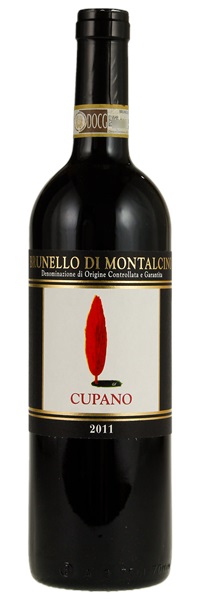Estimate

...seductively perfumed and sweetly spiced with a rich display of citrus-tinged cherry, balsam, dark chocolate, mint and tobacco. It’s silky and round, almost creamy in texture, balancing its decadence with notes of tart raspberry and brisk acids that create a salty sensation of umami, as grippy tannins slowly mount toward the close. It lingers incredibly long, drenching the senses with a primary concentration of fruit... Beautiful.
Depth, richness and warmth on the nose. Dark fruit with hints of cinnamon bark. Opens up with aeration and showing huge depth of cherry fruit with top notes of sweet oak... Breath-taking concentration with gorgeous black fruit and a layer of firm tannins... Truly baroque in its opulence while maintaining perfect balance. The tannins are certainly very prominent but the perfect match for the fruit.